Description
About Calendula
The name calendula means the first day of the month, presumably because this pot marigold blooms reliably at the start each day. It is easy to grow from seed, and quickly grows to maturity in 6-8 weeks after sowing.
Calendula or Calendula officinalis, is a hardy annual, and member of the Asteraceae or Compositae family, which share a central disc surrounded by spoon-shaped petals. Notable species include daisy, arnica, Artemisia, chamomile, chrysanthemum, dandelion and Echinacea.
Also known as Pot Marigold, English Marigold, Poet’s Marigold, or Summer’s bride, the original species were contained to yellow and orange single blossoms, yet many new hybrids have been bred to develop a range of differing shades of apricot, orange and yellow, with double ring of petals, as well as plants of shorter stature for borders, and longer stems for the cutting garden.
Often mistaken for the more familiar French and African pom-pom flowers known as marigolds, (Tagetes), it is not directly related, yet both produce bright yellow and orange blossoms that add a sunny personality to the flower, herb or vegetable garden.
How to Grow Calendula
Calendula is a medium sized plant, with a moderately sprawling, yet non-invasive growth habit. It thrives when planted in a clump with 6 or more plants. Under ideal conditions, Calendula can grow up to 15 inches tall, and a foot wide, depending on the variety. The foliage is minimal compared to the abundance of free flowering blossoms, which are short-lived and require, dedicated deadheading to keep a continuous succession of blooms. Colors range from orange, yellow, apricot to tawny red, bi-color and can be either single or double blossoms.
Light: Full sun or part shade. Calendula will not do well in the hot summer heat and prefers the cooler temperatures of spring and early fall. Water regularly until well established, and when the soil is dry. Stress to the plants will cause the flower heads to droop and go to seed.
Soil: Calendula is tolerant of ordinary soil, yet prefers optimal conditions that offer rich, nutritious organic soil. Like most flowers and herbs, however, go easy on the fertilizer since too much nitrogen will create an abundance of foliage, and few flowers. Calendula does well naturalized in meadows and herb gardens, as well as in the flower border.
Spacing: Plant seeds in a row, allowing 5 inches between seeds, ideally along the edge of an herb, flower or vegetable garden. Mature seedlings can also be transplanted and grown in a window box and deck planter, with mixed flowers of deep blue and red to set off the brighter colors.
Planting: When direct sowing in the garden, or in a seed tray, press seed ½” below the surface of soft soil, cover with soil, press gently, and water. Keep in full sun, lightly watered until germination and plants appear.
Medicinal Uses
Calendula has high amounts of flavonoids, plant-based antioxidants that protect cells from being damaged by unstable molecules called free radicals. Calendula appears to fight inflammation, viruses, and bacteria.
Traditionally, calendula has been used to treat stomach upset and ulcers, as well as relieve menstrual cramps, but there is no scientific evidence that calendula works for these problems. Today, calendula is often used topically, meaning it is applied to the skin.
Calendula has been shown to help wounds heal faster, possibly by increasing blood flow and oxygen to the affected area, which helps the body grow new tissue. It is also used to improve skin hydration and firmness. The dried petals of the calendula plant are used in tinctures, ointments, and washes to treat burns, bruises, and cuts, as well as the minor infections they cause. Calendula also has been shown to help prevent dermatitis or skin inflammation in people with breast cancer during radiation therapy.


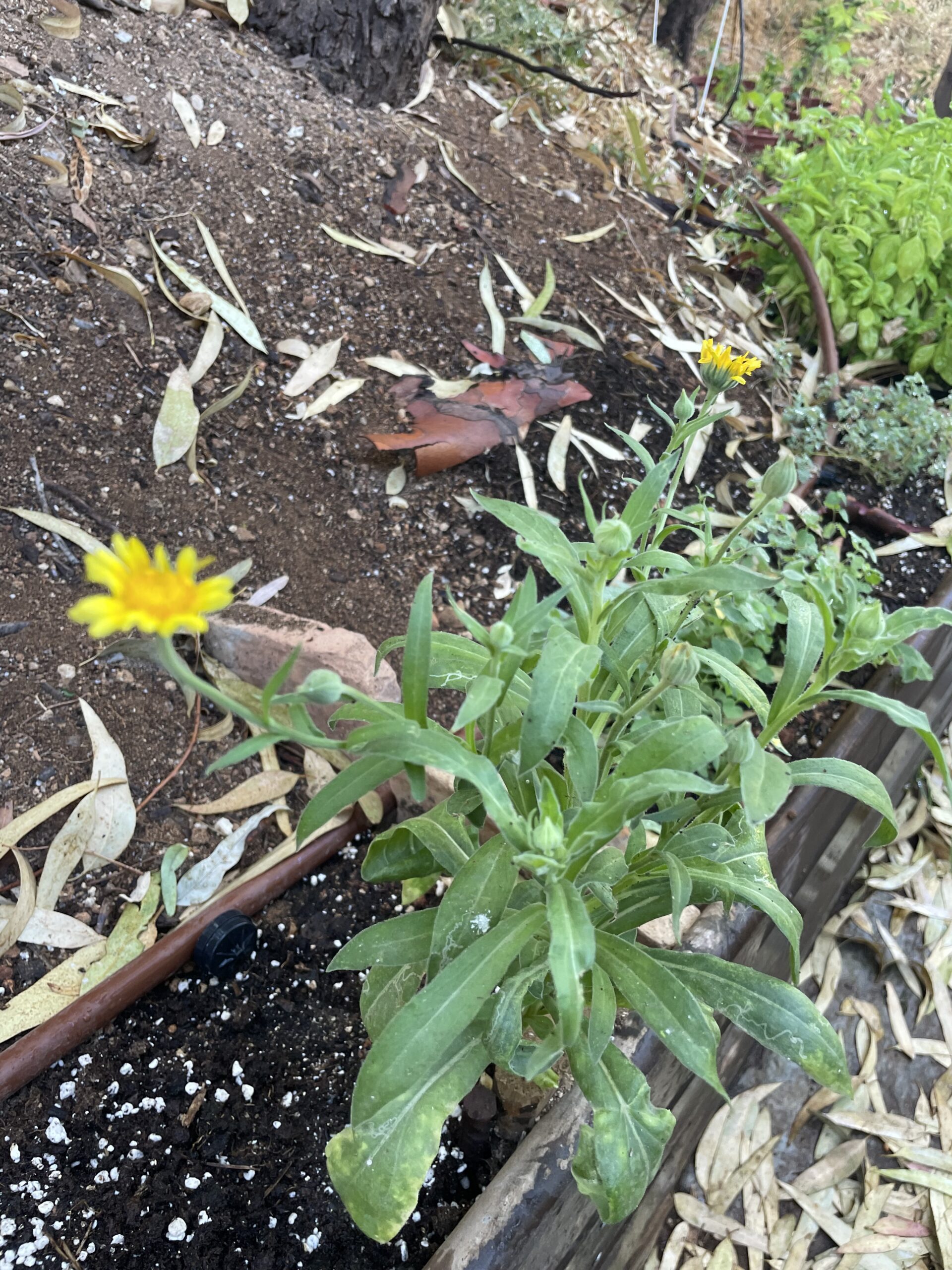

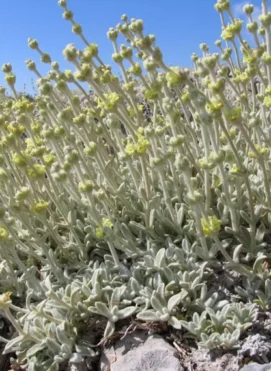
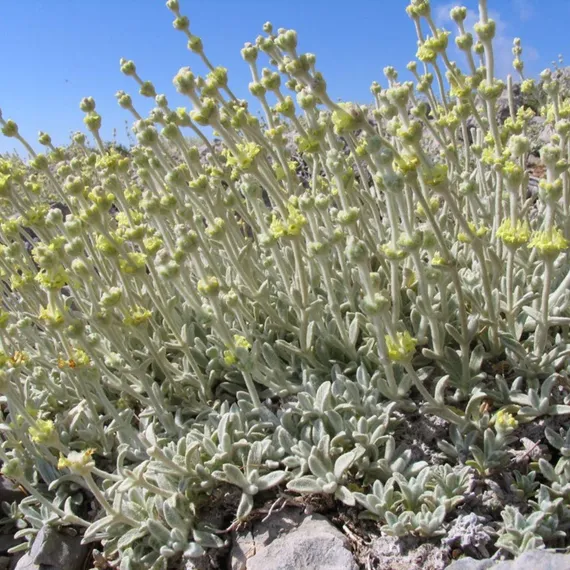
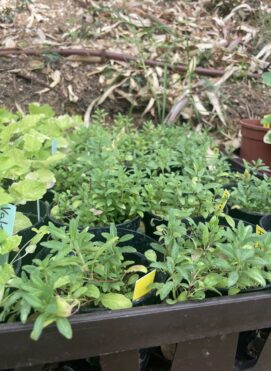
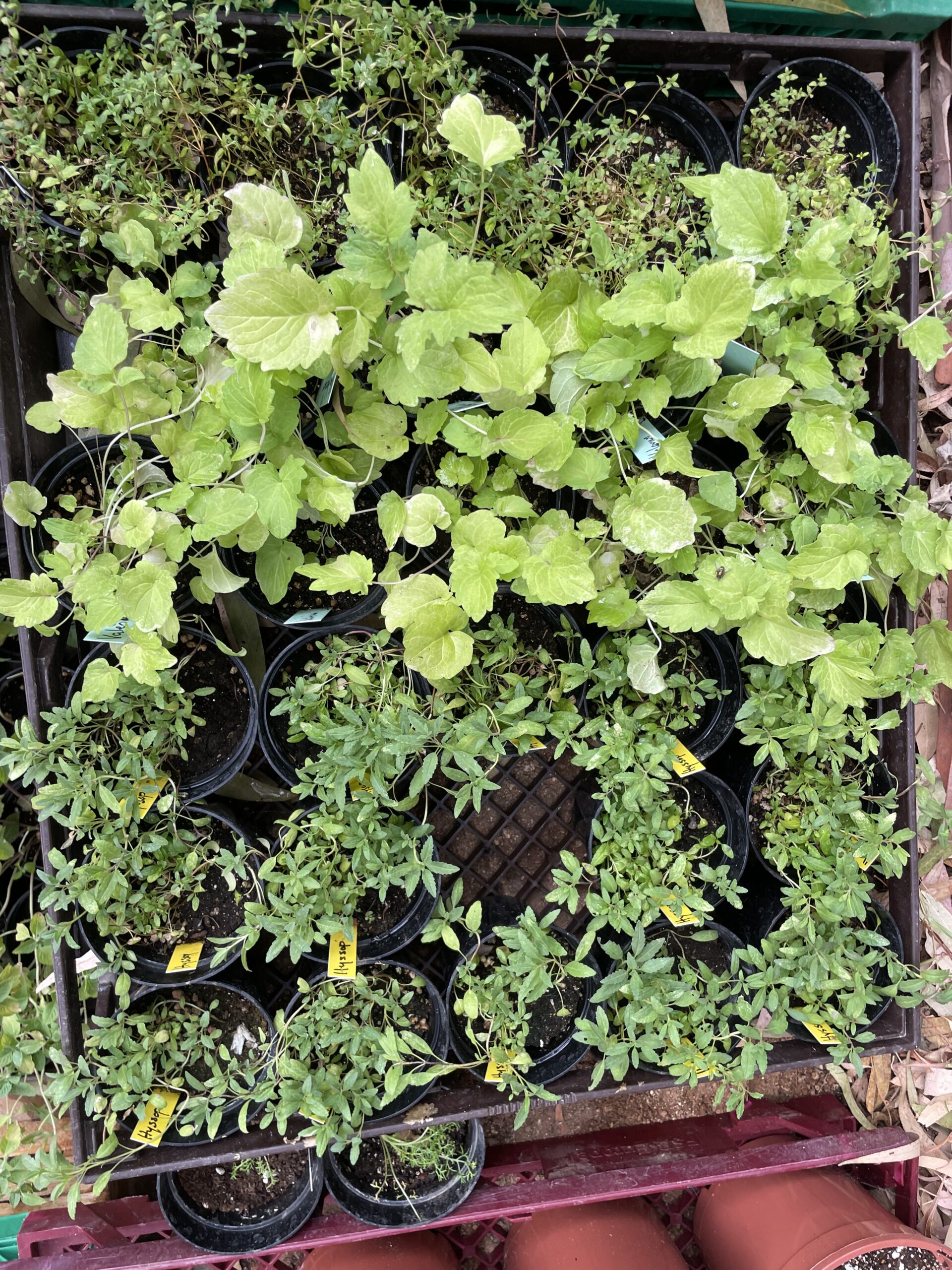
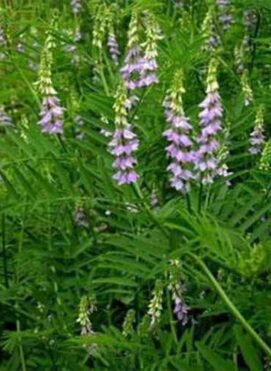
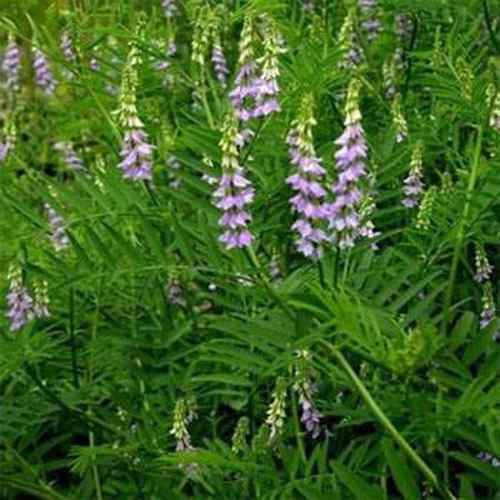
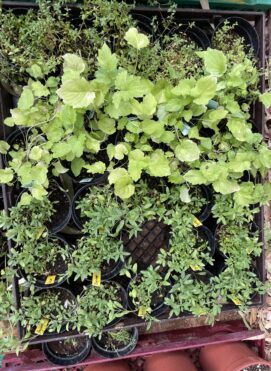
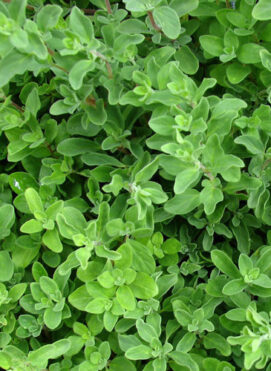
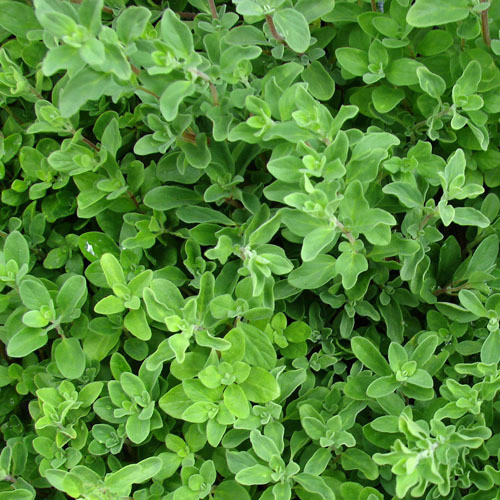
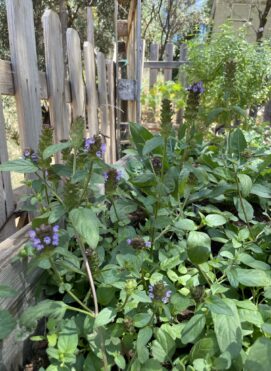
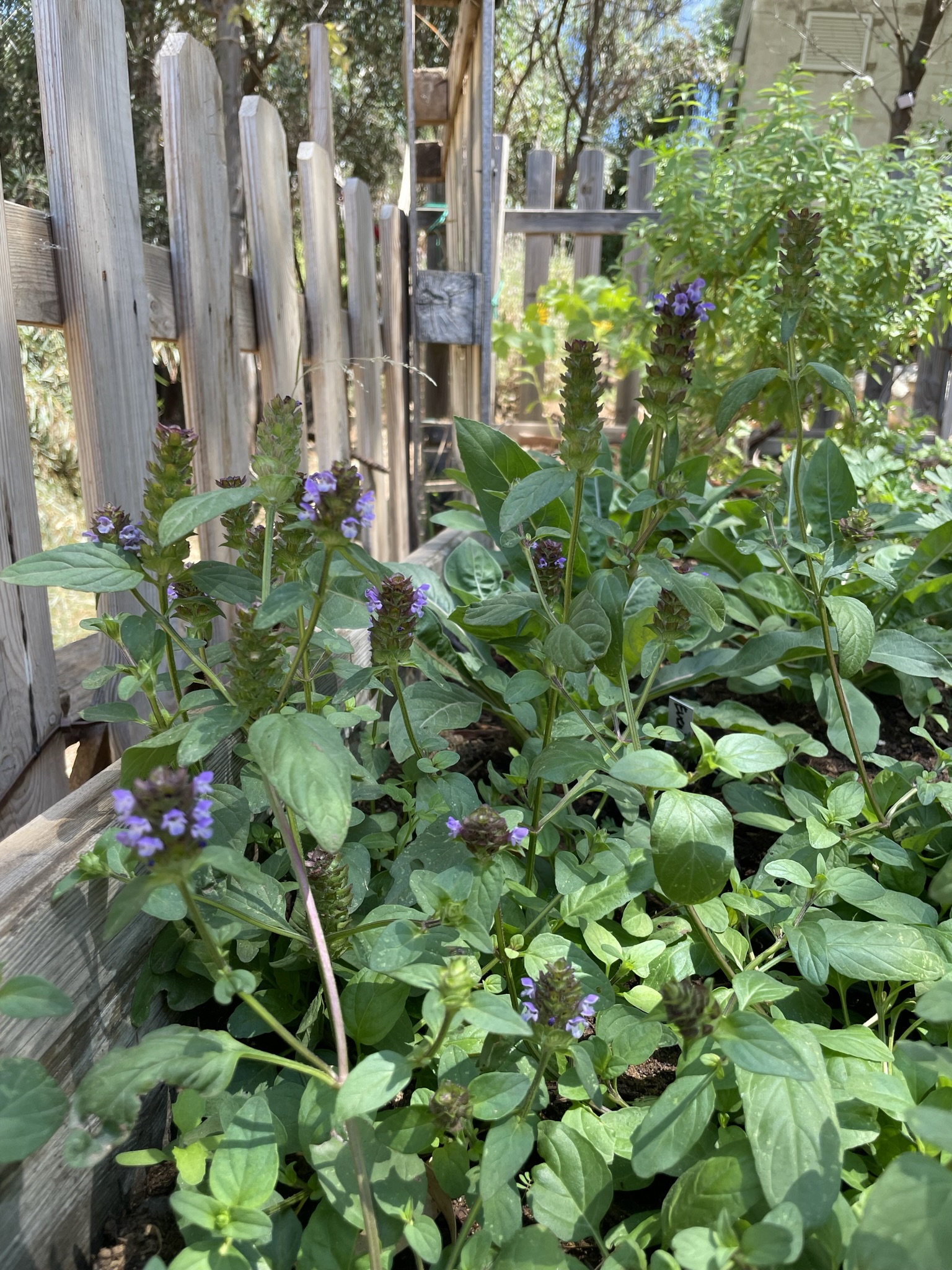
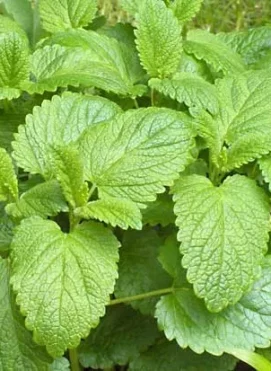
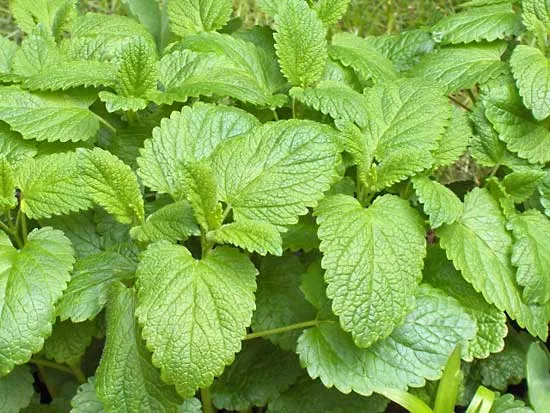
Reviews
There are no reviews yet.